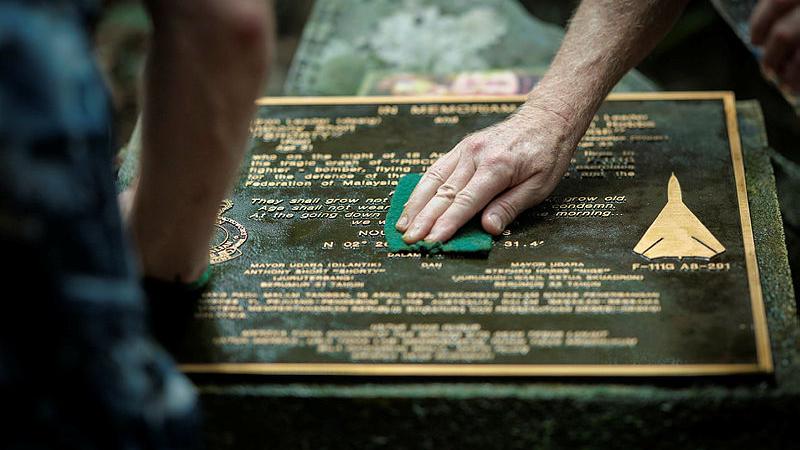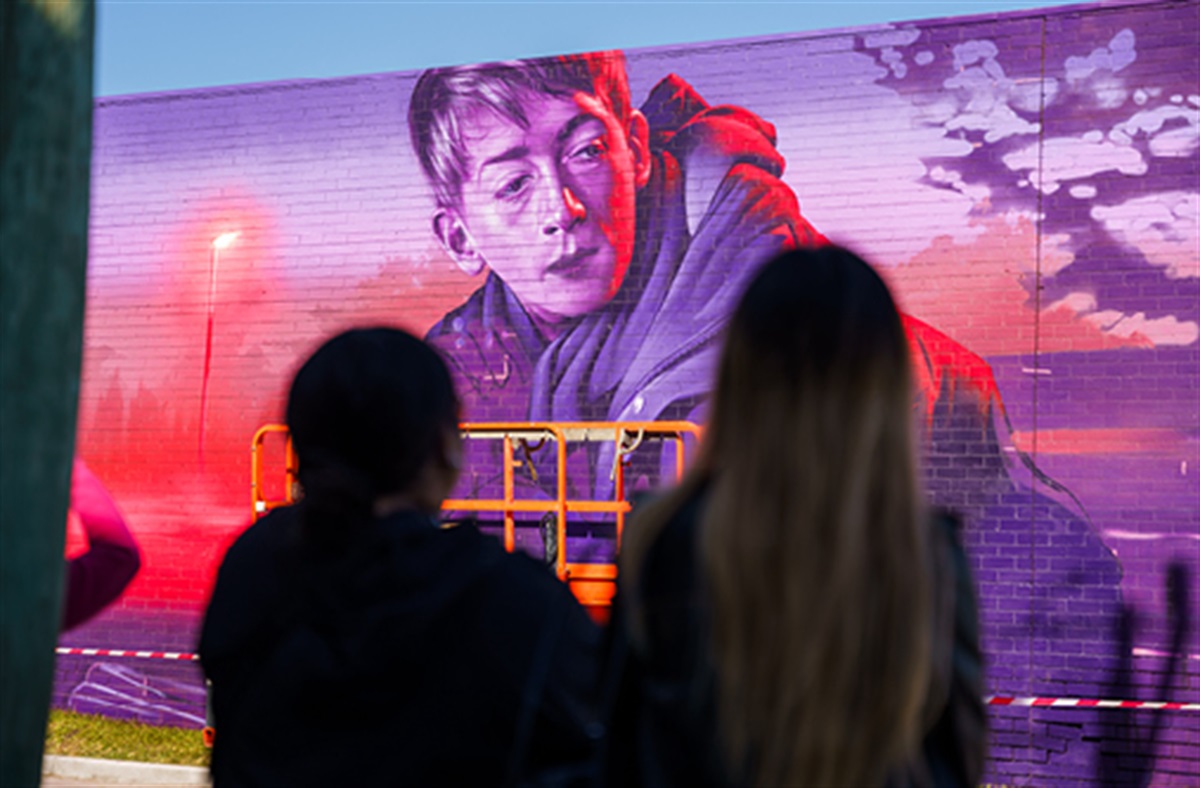There’s a Taylor Swift Love Story happening at the moment, and it will come as no surprise that a resounding ‘yes’ is being echoed around the globe.
With a record-breaking 290,000 spectators packed into Melbourne’s MCG for the start of the Australian Eras tour, 100 million monthly Spotify listers and more number-one albums than any other female artist (to name a few achievements), Taylor Swift has transcended into a pop culture force.
But while her trademark sound may feel like a modern-day revolution, Pat O’Grady, Lecturer in Music Technology at The Australian National University (ANU) College of Arts and Social Sciences and School of Music, points out that much like history, ‘music spins right round, baby, right round’.
For Taylor Swift that sounds like a not so Invisible String that can connect her music right back to the 80s.
Similar to the enduring queen of pop, Madonna, or trailblazers Eurythmics and Cyndi Lauper, Taylor’s influence finds its foothold in 80s rhythmics and intricate production details.
“Making music in the 80s had all this kind of emergent technology, the synths, drum machines and surreal reverbs. That was rolling out through the decade, and people were really innovating as they went along,” O’Grady explains.
“You can identify those in Taylors music, particularly in 1989. But it’s in those reference points to the 80s that Taylor has blended in with her own style of music.
“As we have returned to the 80s as a reference point and a point of influence, it’s interesting to see how contemporary music has been effected from a production perspective.”
96,000 people screaming 1..2..3..LGB (aussie version) 😆 #tserasmelbourne #tstheeras #theerastour #delicate #taylorswift #reputation #melbourne #mcg #aussie #aussieswifties #swiftiesaustralia
As her recent Eras Tour has shown, Taylor Swift’s music has found a way to bend and weave through generations and, importantly, genres. O’Grady says that plays a key factor in her success.
“Her engagement with 80s pop forms part of her incredible ability to pivot between styles,” O’Grady says.
“So being firmly established within country pop with albums such as Fearless in 2008. And then by the album 1989 really leaning into 80s pop, and then with Folklore pivoting again, to more of a mix of folk indie reference points.
“I’m reminded of her lyrics that ‘she’s kind of making the moves up as she goes,’ and that’s really what’s happening.
“She’s mastering a style of music is really hard to do in a way that connects with billions of people is even harder. And then to change between styles – it’s quite remarkable.”
O’Grady points out Taylor is one of many musicians who have been able to evolve their sound and aesthetics. With some of the world’s most iconic pop stars traversing beyond their success in the 80s.
“There’s also a number of artists that were popular in the 1970s that were able to move into the 1980s-for example, Michael Jackson, who had a solo career after The Jackson 5.
“Fleetwood Mac is another great example. They really embodied that West Coast sound in the late 1970s, but by the mid-1980s, you can hear the synthesizers and the surreal reverbs in their songs.”
So, what might the future sound like for popular music? O’Grady predicts the 80s will eventually see its Walkman-infused pull begin to weaken, making way for different generations to shine – almost as bright as Taylor’s Era Tour sequins.
“I think we’re always in a cycle, over the past 20 years or so, of picking different reference points from the late 50s, early 60s, 70s, 80s and integrating them into new work,” O’Grady says.
“We’ve been in this stage of postmodernism, which is really about creating a pastiche of different influences, often from different times – I think this is just a continuation of that.
“But I would find it highly unlikely that the 80s will continue to be a recurring pivotal point. Over the next few years, there are going to be other styles of music that may occur and recur in the sound of new music.
“The 80s are just really popular now for a number of reasons that go beyond music – from film to television – and that will likely change.”
For now, the next pop sensation remains a Blank Space ready to be filled.








